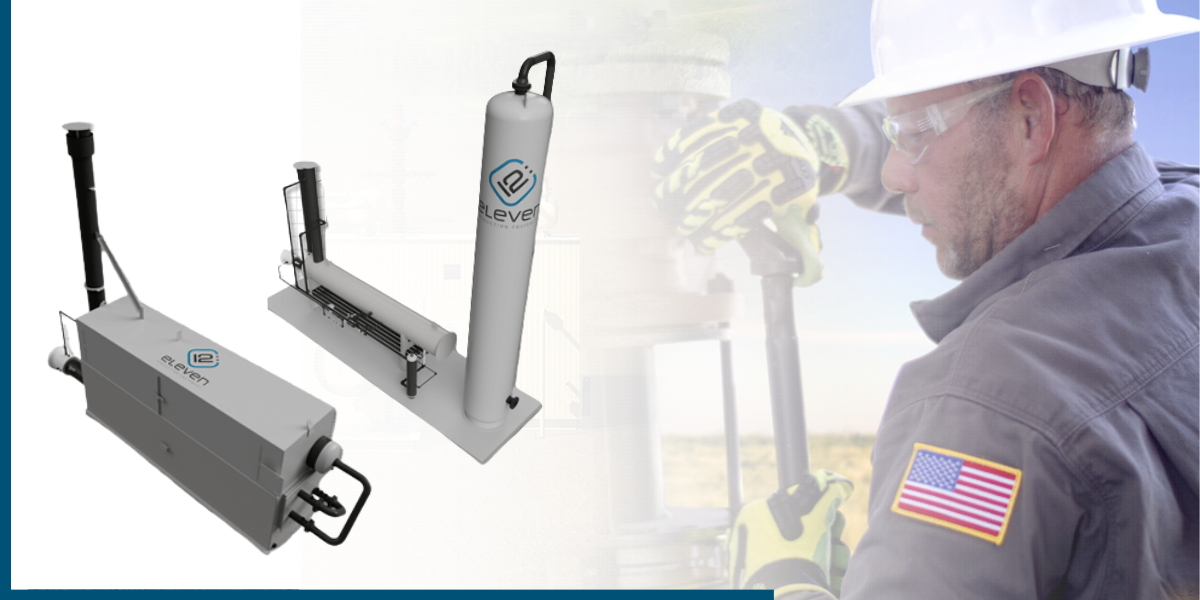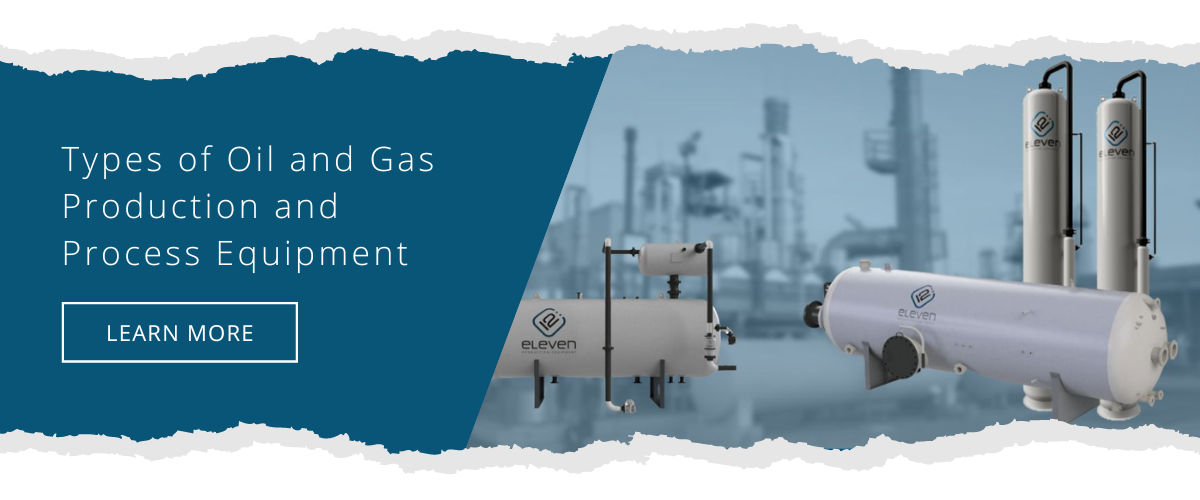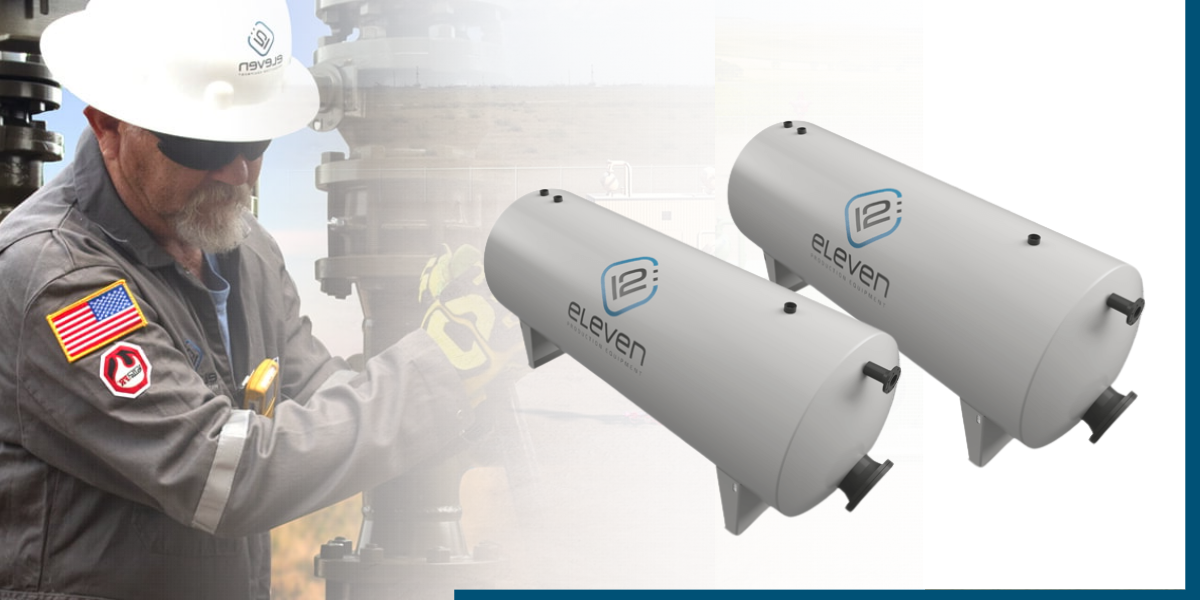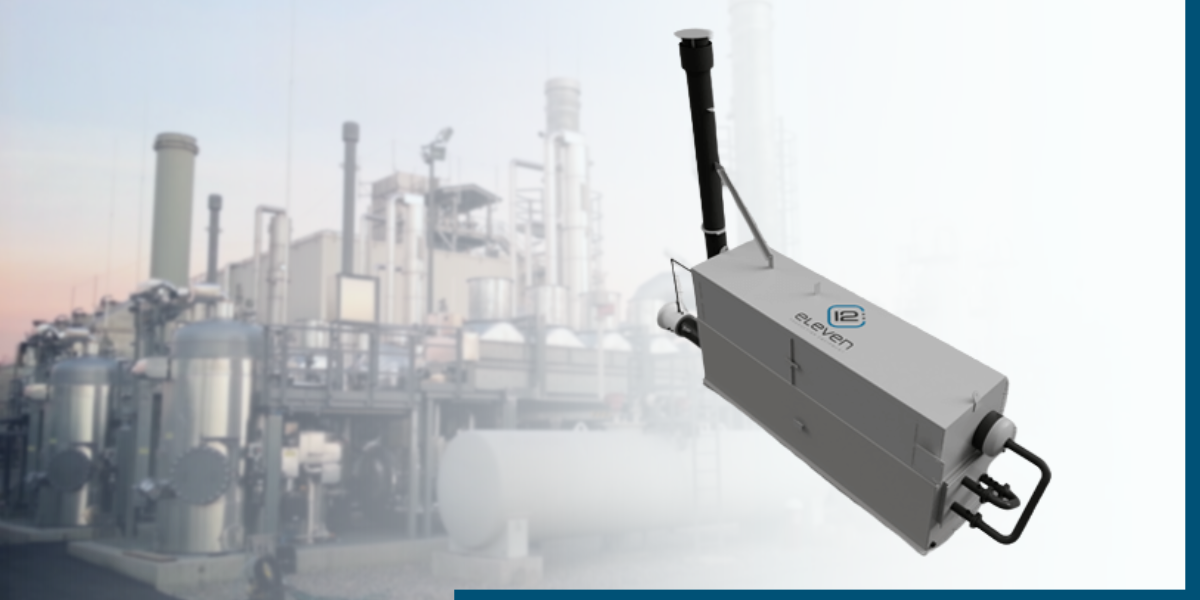Free Water Knockout (FWKO): What You Need To Know
Free water knockouts (FWKO) are an essential component in the oil and gas industry, designed to remove any free water present in the production...

In the fast-paced and ever-evolving oil and gas industry, glycol dehydration systems are a crucial component in ensuring the efficiency and safety of operations.
This article aims to provide an in-depth understanding of glycol dehydration, its purpose, and its constituting elements. As an industry professional, equipping yourself with this knowledge can prove to be highly beneficial in optimizing your processes and ensuring your operations are compliant with industry standards.

Glycol dehydration is a process used to remove water vapor from natural gas and natural gas liquids (NGLs). When natural gas is extracted from the ground, it often contains water vapor, which can cause various operational issues if not removed. The glycol dehydration process employs glycol, a group of organic compounds, to effectively absorb water from natural gas.
In the oil and gas industry, ensuring that the natural gas is dry is crucial. Water in natural gas can freeze in pipelines when subjected to low temperatures, leading to blockages. Moreover, the presence of water in natural gas contributes to the formation of hydrates, which can cause obstructions in the flowlines. Additionally, water combined with other contaminants can contribute to corrosion in pipelines and equipment.
The purpose of a glycol dehydration system is multifaceted. It serves not only to ensure the integrity of the pipelines but also to improve the quality of the natural gas product.
As mentioned earlier, water vapor in natural gas can lead to the formation of hydrates and ice, which can clog pipelines. By removing the water vapor, the glycol dehydration system effectively prevents these blockages, reducing downtime and maintenance costs.
Water vapor combined with contaminants such as hydrogen sulfide and carbon dioxide can be corrosive. By reducing the water content, glycol dehydration systems minimize the chances of corrosion, subsequently extending the life of the pipelines and equipment.
To be sold or transported, natural gas must meet certain specifications regarding its water content. A glycol dehydration system ensures that the natural gas is within these specifications, which are often required by contractual agreements or regulatory bodies.
In some cases, glycol dehydration is used to facilitate the removal of heavier hydrocarbons from the natural gas stream. This not only improves the quality of the natural gas but also allows for the recovery of valuable liquid hydrocarbons.
A glycol dehydration system is typically comprised of several key components, each serving a specific purpose in the dehydration process.
Glycol Contact Towers, also known as Absorber Towers or Contactors, are fundamental to the glycol dehydration process. Glycol Contact Towers are essentially where the primary action of the dehydration process takes place. Incorporating a detailed understanding of glycol contact towers enhances our comprehension of filters and strainers
This is where the actual dehydration takes place. Wet natural gas is fed into the bottom of the absorber tower, while the glycol is introduced at the top. As they come into contact, the glycol absorbs the water from the natural gas. The dry gas then exits the top of the tower, while the glycol, now rich with water, exits the bottom.
The glycol regenerator is where the absorbed water is removed from the glycol so it can be reused. The water-rich glycol is heated, causing the water to evaporate, leaving behind the concentrated glycol. This is then cooled and pumped back to the absorber tower.
The Glycol Dehydration Unit is an integrated system that usually houses both the Absorber Tower and the Glycol Regenerator along with the necessary ancillary equipment. This unit is specifically designed to facilitate the process of removing water vapor from natural gas streams using glycol. Glycol Dehydration Units come in various sizes and configurations, including skid-mounted units which are easier to transport and install.
A glycol pump is an essential component in the glycol dehydration system. Its primary role is to circulate the glycol through the system, ensuring that it moves between the absorber tower and the glycol regenerator. The glycol pump maintains the necessary flow rates and pressures, which are crucial for the effective removal of water from the natural gas.
Heat exchangers and reboilers are used to provide the necessary heat to the glycol regenerator. This heat is essential for the regeneration of the glycol. Heat exchangers are often used to preheat the rich glycol (glycol containing absorbed water) before it enters the reboiler. By doing so, it makes the reboiling process more efficient.
Reboilers are essentially specialized types of heat exchangers used to provide the necessary heat for the glycol regenerator. This heat is critical in driving off the water absorbed by the glycol in the absorber tower. The reboiler heats the rich glycol, causing the water to evaporate. This leaves behind lean glycol, which is then cooled and sent back to the absorber tower for another round of water absorption.
Filters and strainers are fundamental components in glycol dehydration systems, designed to remove impurities and particulate matter from the glycol. This is essential to ensure that the glycol remains effective in absorbing water and to reduce fouling and maintenance requirements of the system.
The flash tank is a vital component within the glycol dehydration system, serving the specific purpose of separating and removing hydrocarbon gases and other volatile components that may be absorbed by the glycol.
When glycol absorbs water from natural gas in the absorber tower, it often picks up hydrocarbon gases and other volatile components. The flash tank serves as a pressure reduction vessel where these absorbed gases are allowed to 'flash' or rapidly vaporize and separate from the glycol. This process occurs because the pressure within the flash tank is lower than that in the absorber tower, which allows the absorbed gases to vaporize.
Gas coolers are another integral component of the glycol dehydration system. These devices are tasked with reducing the temperature of the natural gas stream before it enters the absorber tower. By lowering the temperature, gas coolers contribute to the overall effectiveness and efficiency of the dehydration process.
These systems monitor and control the various parameters such as temperature, pressure, and flow rates, ensuring that the dehydration system operates efficiently and safely.
Gas Production Units, often abbreviated as GPUs, are important components within the natural gas processing and glycol dehydration systems. They serve to condition raw natural gas to meet specific quality requirements for further processing or transportation. Adding this element, let's broaden our perspective on filters, strainers, glycol contact towers, and gas production units.
A Gas Production Unit typically combines several processes and components in a single unit. Its primary objective is to condition the natural gas by separating liquid hydrocarbons, removing solid contaminants, and coalescing water droplets. This pre-conditioning is crucial before the natural gas enters the glycol dehydration system, ensuring more efficient and effective water removal.
Separation of Hydrocarbons: GPUs often include separator vessels that remove liquid hydrocarbons from the natural gas stream. This is important for preventing the contamination of glycol and also for capturing valuable liquid hydrocarbons that can be sold or used in other processes.
Removal of Solid Contaminants: Filters and strainers within the GPU remove solid contaminants such as rust, sand, and pipe scale from the natural gas. This is crucial for preventing fouling and damage to downstream equipment, including the glycol contact tower.
Coalescing Water Droplets: Some GPUs also include coalescing filters that cause small water droplets to combine into larger droplets, which can then be more easily separated from the natural gas.
Gas Production Units are typically installed upstream of the glycol contact towers in a dehydration system. By conditioning the natural gas before it enters the glycol contact tower, the GPU helps to ensure that the glycol can efficiently absorb water vapor without being contaminated by liquids or solids.
As part of the GPU, filters and strainers serve to remove solid contaminants. This is particularly important for protecting the glycol contact tower and other downstream equipment. Filters and strainers within the GPU can be considered the first line of defense against contamination.
At 12:eleven, we offer a broad range of efficient gas dehydration units useful in diverse industrial applications. We also provide cost-effective equipment and parts to optimize your industrial air-drying needs at all stages of manufacturing.
To learn more about our products and services, please contact us online today.
Oil and Gas Production and Process Equipment - In this blog post we will dive into the most important pieces of oil and gas production equipment. We will also talk about how to maintain them properly.
The Importance of Clean Instrument Air Used in the Oil and Gas Industry - In this blog post, we will explore the importance of ESG and clean instrument air, along with other critical topics related to this subject.
As a specialty company providing custom design, engineering and fabrication of production and process equipment, we are dedicated to doing what’s right for our customers and passionate about creating value on every project.
We leverage the field expertise of our design and engineering group together with our diversified manufacturing capabilities to deliver a broad range of innovative surface production equipment - including Separators, Treaters, Free Water Knock Outs, Bulk and Test Packages, Indirect Line Heaters, Gas Production Units, Gas Dehydration Units, Glycol Contact Towers, Vapor Recovery Towers, Oil Stabilizing Towers.

Free water knockouts (FWKO) are an essential component in the oil and gas industry, designed to remove any free water present in the production...

Gas Production Units (GPUs) are a crucial component of the oil and gas industry. They play a significant role in the extraction, processing, and...

Piping modules and spools are an important part of any piping system. They help to keep the fluid in the system moving by providing a path for it to...